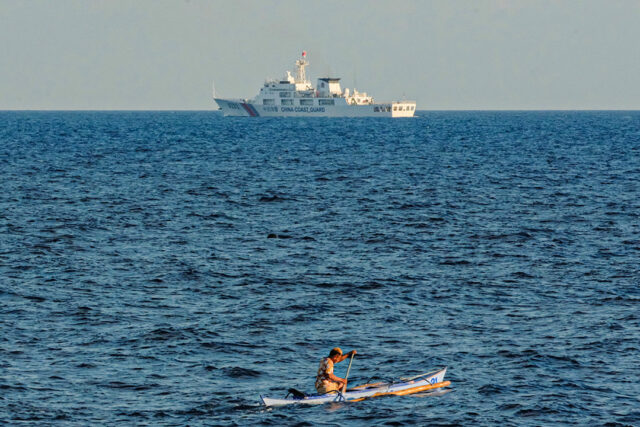CrowdStrike rejects Delta Air Lines claims over flight woes
WASHINGTON – CrowdStrike on Sunday rejected a claim by Delta Air Lines that it should be blamed for flight disruptions following a July 19 global outage sparked by a faulty update, and suggested it had minimal potential liability.
Delta CEO Ed Bastian said last week the outage had cost the US airline $500 million and that it planned to take legal action to get compensation from the cybersecurity firm.
CrowdStrike reiterated its apology to the airline operator, but said in a letter from an external lawyer that it is “highly disappointed by Delta’s suggestion that CrowdStrike acted inappropriately and strongly rejects any allegation that it was grossly negligent or committed misconduct.”
Delta canceled more than 6,000 flights over a six-day period, impacting more than 500,000 passengers. It faces a U.S. Transportation Department investigation into why it took so much longer for it to recover from the outage than other airlines.
The CrowdStrike letter said that “any liability by CrowdStrike is contractually capped at an amount in the single-digit millions.”
Delta declined to comment on the CrowdStrike letter.
Within hours of the outage incident, CrowdStrike reached out to Delta to offer assistance.
“Additionally, CrowdStrike’s CEO personally reached out to Delta’s CEO to offer onsite assistance, but received no response,” the letter said.
Bastian told CNBC last week CrowdStrike had offered “free consulting advice to help us.”
Delta told US lawmakers last week in a letter seen by Reuters that CrowdStrike’s faulty update “impacted more than half of Delta computers, including many of Delta’s workstations at every airport in the Delta network.”
The letter added Delta’s “complex IT system which distributes and synchronizes all our data, including the data that feeds our crew tracking and gating software, required manual recovery.”
The CrowdStrike letter added that if Delta files suit, it will need to answer “why Delta’s competitors, facing similar challenges, all restored operations much faster” and “why Delta turned down free onsite help from CrowdStrike professionals who assisted many other customers to restore operations much more quickly than Delta.”
A CrowdStrike spokesperson said “public posturing about potentially bringing a meritless lawsuit against CrowdStrike as a long-time partner is not constructive to any party. We hope that Delta will agree to work cooperatively to find a resolution.” – Reuters











